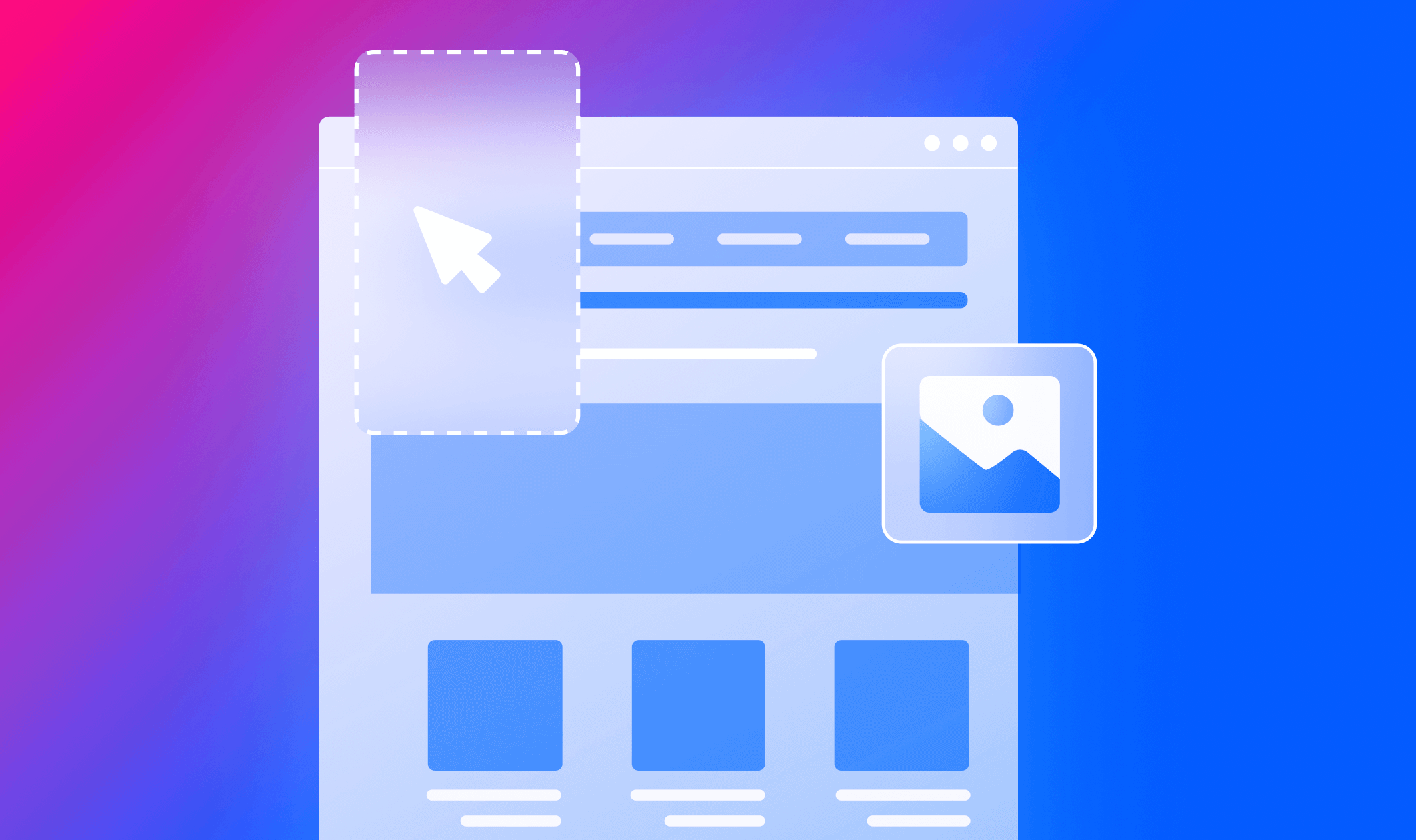In the realm of digital marketing, a well-crafted landing page can be a game-changer. Whether you’re aiming to capture leads, promote a product, or encourage specific actions, a landing page serves as a crucial touchpoint with your audience. To maximize its effectiveness, it’s essential to follow best practices that enhance engagement and drive conversions. In this article, we’ll explore key strategies for creating engaging landing pages that leave a lasting impression on visitors.
1. Define Clear Objectives
Before diving into the design and content of your landing page, it’s crucial to define clear objectives. What action do you want visitors to take? Whether it’s filling out a form, making a purchase, or downloading a resource, align your landing page elements with a specific goal. This clarity not only guides your design decisions but also ensures a focused and compelling user experience.
2. Craft a Compelling Headline and Subheadline
The headline is the first thing visitors see, and it should instantly convey the value proposition or key message. Keep it concise, clear, and attention-grabbing. A well-crafted subheadline can provide additional context and encourage users to explore further. Together, the headline and subheadline should create intrigue and motivate visitors to continue reading.
3. Use High-Quality Visuals
Visual appeal is paramount on a landing page. Utilize high-quality images, graphics, and videos that resonate with your brand and the page’s purpose. Visuals should not only be aesthetically pleasing but also relevant to the content, creating a seamless and engaging experience. Ensure that images are optimized for fast loading times to prevent user frustration.
4. Implement a Clean and Intuitive Design
A cluttered or confusing layout can drive visitors away. Keep your landing page design clean, with a clear hierarchy that guides users through the content. Use ample white space to prevent visual overload, and choose a color scheme that aligns with your brand. The overall design should enhance readability and navigation, ensuring a positive user experience.
5. Create Persuasive Call-to-Action (CTA) Buttons
The CTA button is a critical element that prompts users to take the desired action. Make sure it stands out with contrasting colors, compelling copy, and a clear directive. Whether it’s “Sign Up Now,” “Get Started,” or “Download Your Guide,” the CTA should be persuasive and instill a sense of urgency or value.
6. Leverage Concise and Relevant Copy
While visuals are essential, the copy on your landing page holds equal importance. Craft concise and compelling copy that communicates the benefits and value proposition clearly. Break down information into digestible sections, using bullet points and headings to improve readability. Tailor the language to your target audience, focusing on benefits rather than just features.
7. Incorporate Social Proof
Build trust with your audience by incorporating social proof elements such as testimonials, reviews, or user testimonials. Showcase positive experiences and outcomes related to your product or service. Genuine social proof can alleviate concerns and instill confidence in visitors, making them more likely to convert. Find out more in our article on how to optimize images for better online performance.

8. Implement Responsive Design
With a growing number of users accessing the internet on various devices, it’s essential to ensure that your landing page is responsive. Responsive design ensures that your page looks and functions well on desktops, tablets, and smartphones. This adaptability is crucial for providing a seamless experience and maximizing engagement across different platforms.
9. Optimize for Page Speed
Page speed is a critical factor in user experience and search engine rankings. Optimize your landing page for fast loading times by compressing images, minimizing HTTP requests, and leveraging browser caching. A quick-loading page not only improves user satisfaction but also reduces bounce rates.
10. A/B Testing for Continuous Improvement
Even with careful planning, there’s always room for improvement. Implement A/B testing to experiment with different elements such as headlines, visuals, or CTA buttons. Analyze the data to understand what resonates most with your audience and iterate on your landing page to continuously enhance its effectiveness.
11. Provide Clear Navigation Paths
While a landing page is designed to be focused, it’s essential to provide clear navigation paths for users who may want to explore further. Include a navigation menu or links that lead to other relevant pages on your website. However, be cautious not to distract from the primary goal of the landing page.
Creating engaging landing pages is both an art and a science. By combining compelling visuals, persuasive copy, and strategic design, you can craft a landing page that not only captures attention but also converts visitors into customers or leads. Remember that continuous testing and optimization are key to staying ahead in the dynamic landscape of digital marketing.
For more insights into web design standards and practices, you can visit the Wikipedia page on Web Design.


